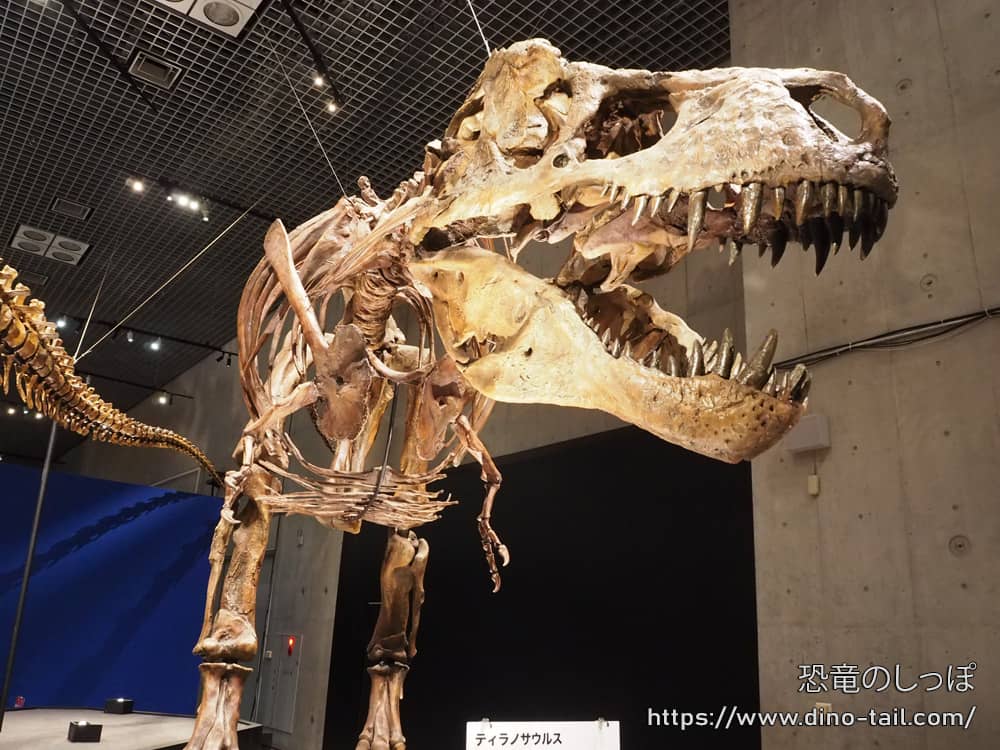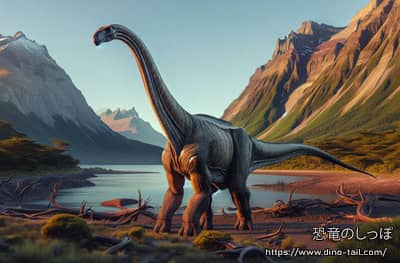
What is a Dinosaur? - Definition and Features
The current academic definition of a dinosaur is 'the most recent common ancestor of birds and Triceratops, and all of its descendants.'
Read MoreStudy


The current academic definition of a dinosaur is 'the most recent common ancestor of birds and Triceratops, and all of its descendants.'
Read More
Dinosaurs first appeared about 230 million years ago. They were small reptiles, like the 1-meter-long Eoraptor and Eodromaeus.
Read More
The pelvis (hip bones) of dinosaurs comes in two different shapes. Based on the shape of the pelvis, they can be broadly divided into 'Saurischia' and 'Ornithischia'.
Read More
Saurischia is further divided into 'Theropoda' and 'Sauropodomorpha', while 'Marginocephalia', 'Thyreophora', and 'Ornithopoda' belong to Ornithischia.
Read More
How many dinosaurs have been discovered so far and scientifically recognized as valid? We'll explain this, along with the statistical methods used to estimate the number of unknown dinosaurs.
Read More
When you think of dinosaurs, the first thing that comes to mind is probably their 'size'. Especially large dinosaurs were....
Read More
This refers to dinosaurs whose fossils have preserved traces of feathers. The first was confirmed as a fossil in 1996.
Read More

A method has been established to calculate this from fossil footprints and leg length.
Read More
The cross-section of reptile bones has growth rings like a tree, which can be counted to determine their approximate age.
Read More
In Mongolia, the theropod Oviraptor was discovered in a brooding position over its eggs.
Read More
Recently, with the discovery of well-preserved fossils and advances in analytical techniques, it has become possible to determine their color in some cases.
Read More
It is known that some herbivorous dinosaurs had countless replacement teeth under their jaws.
Read More
Think back to the first time you saw the Tyrannosaurus rex appear in "Jurassic Park." That iconic "ROAR!" that thundered along with the earth-shaking footsteps is, for many, the definitive sound of a dinosaur. However, recent research suggests that this image may differ from scientific reality.
Read More
Since the discovery of a sauropodomorph fossil in Iwate Prefecture in 1978, dinosaur fossils have been found one after another in Japan.
Read More
About 66 million years ago, all non-avian dinosaurs went extinct. What happened at that time is becoming clearer.
Read More
Determining the sex of a dinosaur from a fossil is extremely difficult, but there are some clues.
Read More
The most famous fossil site in the world is probably Solnhofen in Germany. Here we introduce the main sites and formations.
Read More
All living organisms are classified by being given a scientific name. Scientific names follow the rules of the International Code of Zoological Nomenclature.
Read More
Knowing the size and weight is an important factor in understanding an animal's ecology. How do we estimate the weight of extinct dinosaurs?
Read More
South America's Argentina is a treasure trove of diverse dinosaur fossils, reflecting the rich ecosystem of Gondwana. We introduce representative dinosaurs, including some of the world's largest sauropods and carnivores.
Read More
Brazil is a key fossil site for understanding Gondwana's evolution. We introduce representative dinosaurs and pterosaurs from the 'miracle preservation' of the Araripe Basin and the end-Cretaceous Bauru Basin.
Read More